Can Buying Knives be Addictive?
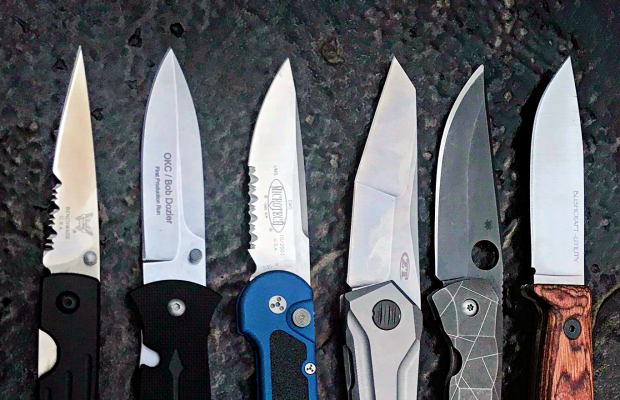
Nicotine, caffeine, alcohol … can we add knives to the list of addictive substances? No one needs more than 3 or 4 knives – so why is it that so many of us end up with hundreds of them? In a 2015 KnifeNews Survey, 77% of respondents agreed that “buying knives is like an addiction.” But can a passion for knives develop into a real addiction?
According to experts, our brains register all pleasure in the same way, with a release of the neurotransmitter called dopamine in the cerebral cortex. Addiction experts call this the brain’s ‘pleasure center’. You’ll experience a similar response whether you’re taking a drug, eating a good meal, or yes, even buying a new knife. We’re all familiar with the thrill of making a new purchase and the anticipation of its arrival. Finally seeing that “Out for Delivery” status update and finding that package on our doorstep gives us a rush.
There are no documented studies on knife addiction, but research into shopping addiction continues to grow. A 2006 study from Stanford University found that roughly 6% of Americans, about 17 million people, have a shopping addiction. And because a shopping addiction, unlike addictions to nicotine, alcohol, or other drugs, doesn’t directly cause physical problems, it can be harder to recognize the danger and make the mental leap necessary to break the habit. The medical community acknowledges that these addictions can have just as harmful long-term consequences, though. The latest edition of the Diagnostic Statistic Manual included changes to its subsections on addiction, incorporating non-substance-based afflictions like shopping addictions.
Dr. Cecilie S. Andreassen, Professor of Clinical Psychology at the University of Bergen in Norway, developed the Bergen Shopping Addiction Scale (BSAS) in 2014 to help screen subjects for shopping addiction. In an interview with the University, she says that “modern technology has made shopping extremely accessible and convenient, with the potential of sending problematic shopping into overdrive – especially along with sociocultural factors such as social media, credit cards, and advanced marketing.”
Knife enthusiasts can certainly relate to that. When we’re ready to purchase, online and physical dealers offer impressive selections, competitive prices, and speedy shipping at the click of a button or swipe of a card.
Nobody wants these modern conveniences to go away. They contribute to our growing knife community and, recently, to a recovering knife market. But this accessibility and speed can facilitate shopping addiction for those already susceptible to it.
In testing the BSAS with over 25,000 subjects, Dr. Andreassen and her team found extroverts are more likely to give into shopping impulses. The most vulnerable age group appears to be late adolescence and early adulthood – an age range of about 18 – 40 years old.
The best practice for anybody worried that they might have an addiction is to be aware of the warning signs, as outlined by Dr. Anreassen and her team:
• You think about shopping/buying things all the time.
• You shop/buy things in order to change your mood.
• You shop/buy so much that it negatively affects your daily obligations (e.g., school and work).
• You feel you have to shop/buy more and more to obtain the same satisfaction as before.
• You have decided to shop/buy less but have not been able to do so.
• You feel bad if you for some reason are prevented from shopping/buying things.
• You shop/buy so much that it has impaired your well-being.


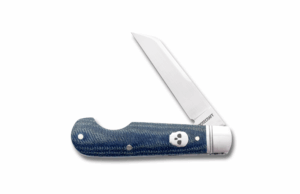
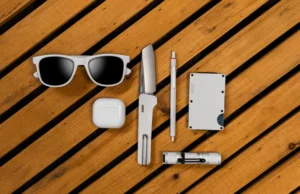
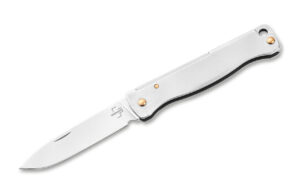
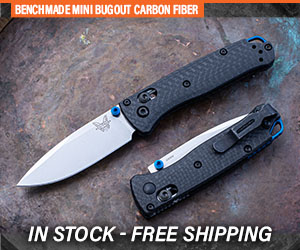





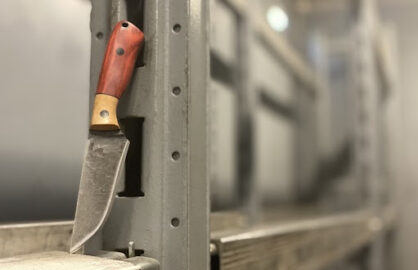

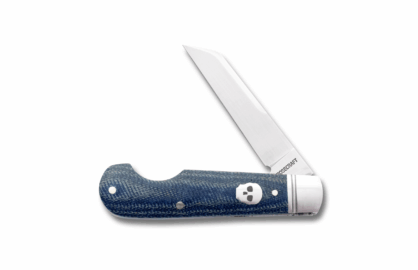

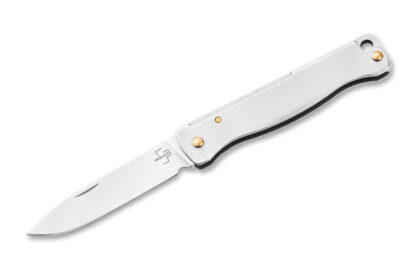
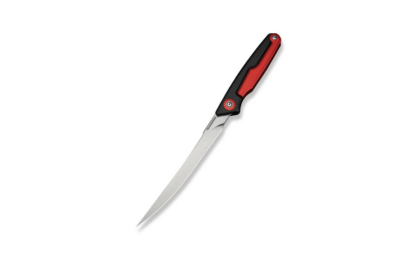




0 comments